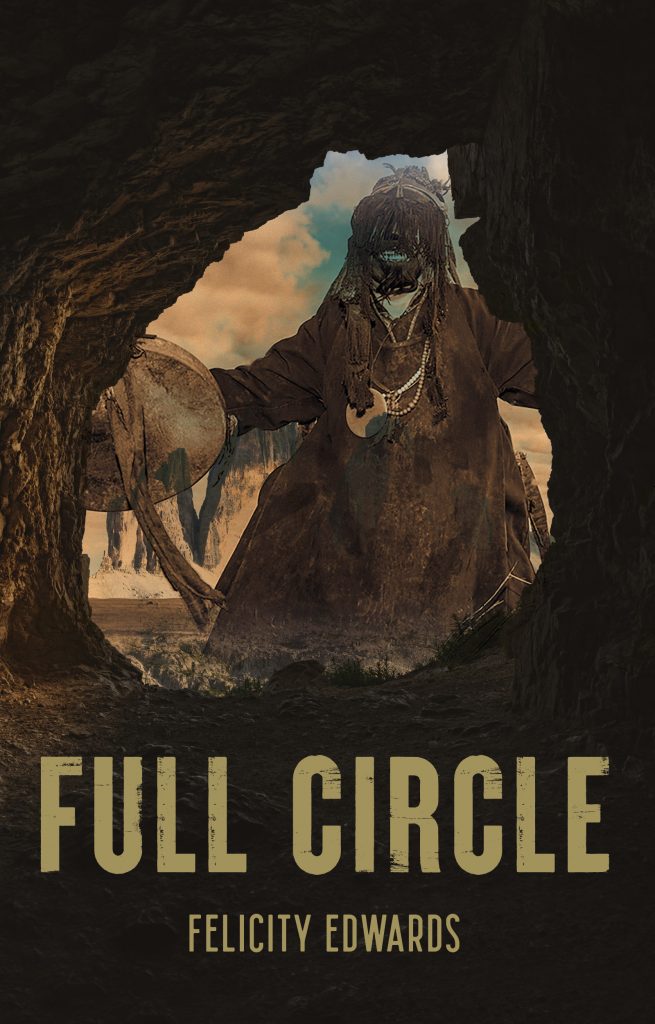This book has been hiding on the hard drive but now it is doing things. It went off for an editorial assessment. This means it is read by a regular book editor who sends back recommendations. I carefully followed most of the suggestions and even bought the book they suggested.

Then I rested after that labour until I requested it to be evaluated by Beta readers. The members of the Dean Writers Circle read it over months chapter by chapter then they did a beta read. I did the changes they recommended but I still felt unsure. It went to a number of professional people. They are folks like an archaeologist, a well-known historian and a history teacher.
I read their recommendations and made the appropriate changes.
Now here it is :
Full Circle

Look at that for a book cover!
Book Launch is set for 21 March at 6 pm in The Art of Coffee in Coleford, Gloucestershire.
There will be a raffle to raise funds for two Ukranian charities. One to help the animals affected by the ongoing aggression by Russia. The other is for the people internally displaced and made homeless from the shelling and destruction of homes, schools and hospitals and utilities by the invasion of an aggressive country against their democratic neighbour.
The book is a fictional account of the newly discovered archaic humans, the Denisovans. These people were unknown to modern man until a chance DNA test. They were identified from DNA recovered from a fossilised bone of a young girl in a cave in the Altai Mountains of southwest Siberia in about 2010. The Denisovans lived in caves part of the time during the long bitterly cold winters. Where evidence exists to show they cohabited at times with Neanderthals. They had a high level of sophistication, judging from the stone artefacts found in the cave, including a beautiful green stone bracelet made of calcite to spear and arrowheads. It is possible they moved to different settings in the short spring and summer to increase their foraging locations. There is evidence that they used freezing as a means of preserving their food. The story about the deep freeze in the story is fictional but possible as evidenced by other sites dating to this period.
The story of linen threads is also true as specimens of fossils show where the plants were soaked as part of the preparation for thread making. Bone needles have also been discovered with fine eye holes so it is a short leap of imagination to have women using them to decorate clothing. Beads made from ostrich eggs have also been found, not in this cave but from that period, of course, I could not resist incorporating them into the story. Ostriches did not roam the landscape where these people lived but are evidence of far-reaching trading.
The book has two stories which travel in tandem between the ancient shaman, Guta and a modern young self-taught shaman/shepherd Ivan. Shamanically he travels back in time, and from the frequency of his visits, he thinks of these ancient people as his people. To further his understanding of them the archaeologist Sonja encourages him to study and gain an archaeological qualification. This combination leads to an interesting technique where he travels back and observes different events, then returns to the site as the modern man to excavate, leading to a higher rate of recovery of artefacts.
Ivan identifies so closely with the ancient people that he experiences their emotional torment, for instance, when a mammoth hunt goes disastrously wrong and when Guta’s wife nearly dies in childbirth. He suffers heartbreak too.
In the modern world, he and his friends turn to up-to-the-minute technology like drones and robots to locate important structures. These actions enable his colleagues also to see the cave paintings he has described from his trances. Thus validating his unusual approach to archaeological exploration.
